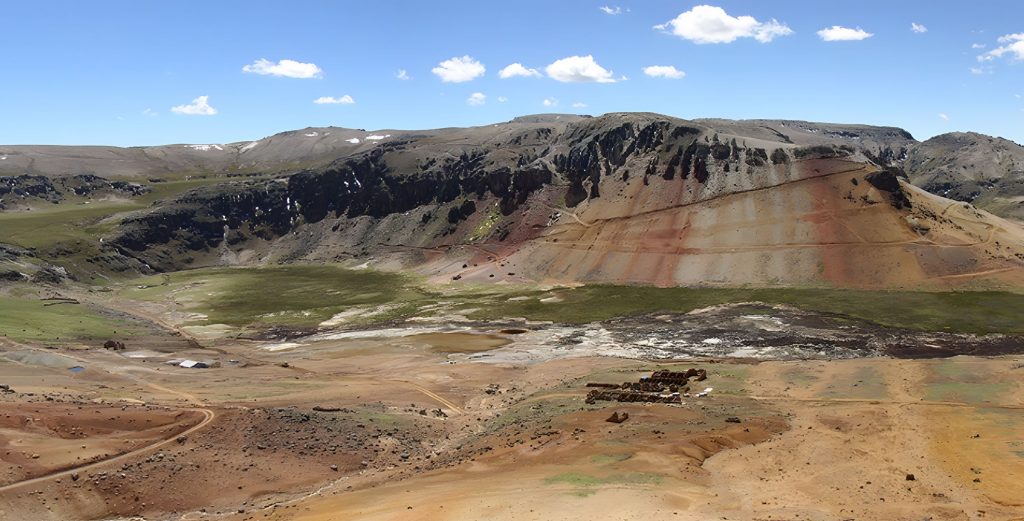Bear Creek eyes lower capital intensity plan for Peru silver mine

Bear Creek Mining Corp. [BCM-TSXV, BCEKF-OTCQX, BCM-BVL] said it is assessing the potential development opportunities at its Corani silver-lead-zinc mine in Peru which could enhance life-of-mine silver production, improve economic returns and meaningfully lower capital intensity prior to first production.
It said the assessment covers the silver resource and recoverability potential of near-surface, silver-rich oxidized material that occurs within the Este, Main, and Minas deposits at Corani. “Under a revised development plan, the oxides would be mined as a first phase of production for the proposed Corani open pit mine, followed by development and extraction of silver-lead-zinc sulphide resources outlined in a 2019 technical report.
“The combined development plan will be summarized in a new preliminary economic assessment (PEA) which Bear Creek expects to announce the results of prior to the end of 2024,’’ the company said in a press release.
Bear Creek shares advanced on the news, rising 3.2% or $0.01 to 32 cents. The shares trade in a 52-week range of 49 cents and 16 cents.
Bear Creek is a precious metals producer with assets in Mexico and Peru.
The company’s wholly-owned Corani deposit is the one of the largest, fully-permitted silver deposits in the world.
Corani has sizeable proven and probable reserves that will support average annual payable production of 9.6 million ounces of silver, 98 million pounds of lead and 69 million pounds of zinc over a 15-year min- life.
The 2019 report estimates that Corani contains “potentially leachable material (the oxides) totaling 39 million ounces of silver in the measured category and 29.9 million ounces of silver in the inferred category.
These oxides were not included in the proven and probable reserves of 229 million ounces of silver (at a grade of 51.3 g/t), 2.7 billion pounds of lead (at a grade of 0.90%) and 1.7 billion pounds of zinc (at a grade of 0.55%) that were outlined in the 2019 report, which focused solely on exploitation of the “sulfide” and “transitional material.’’
The oxides outlined above are currently contained within the 2019 mineral reserve pit shells as waste, forming a portion of the 196 million tonnes of pre-stripping and waste that would be mined over the life of the operation. If proven to be economically viable, mining of the oxide resource would accelerate access to the underlying transitional and sulfide mineralization and reduce the strip ratio for the future sulfide plan.
Meanwhile, the PEA is expected to evaluate the development of a 5,000 tonne-per-day processing plant to treat oxide material mined in the first phase of production. As well, the viability of a smaller scale and simplified flow-sheet relative to the sulfide plan will be assessed.
“If successful, the outcomes of the PEA could meaningfully reduce the capital intensity for Corani, while extending the overall mine life and improving overall project economics.’’
